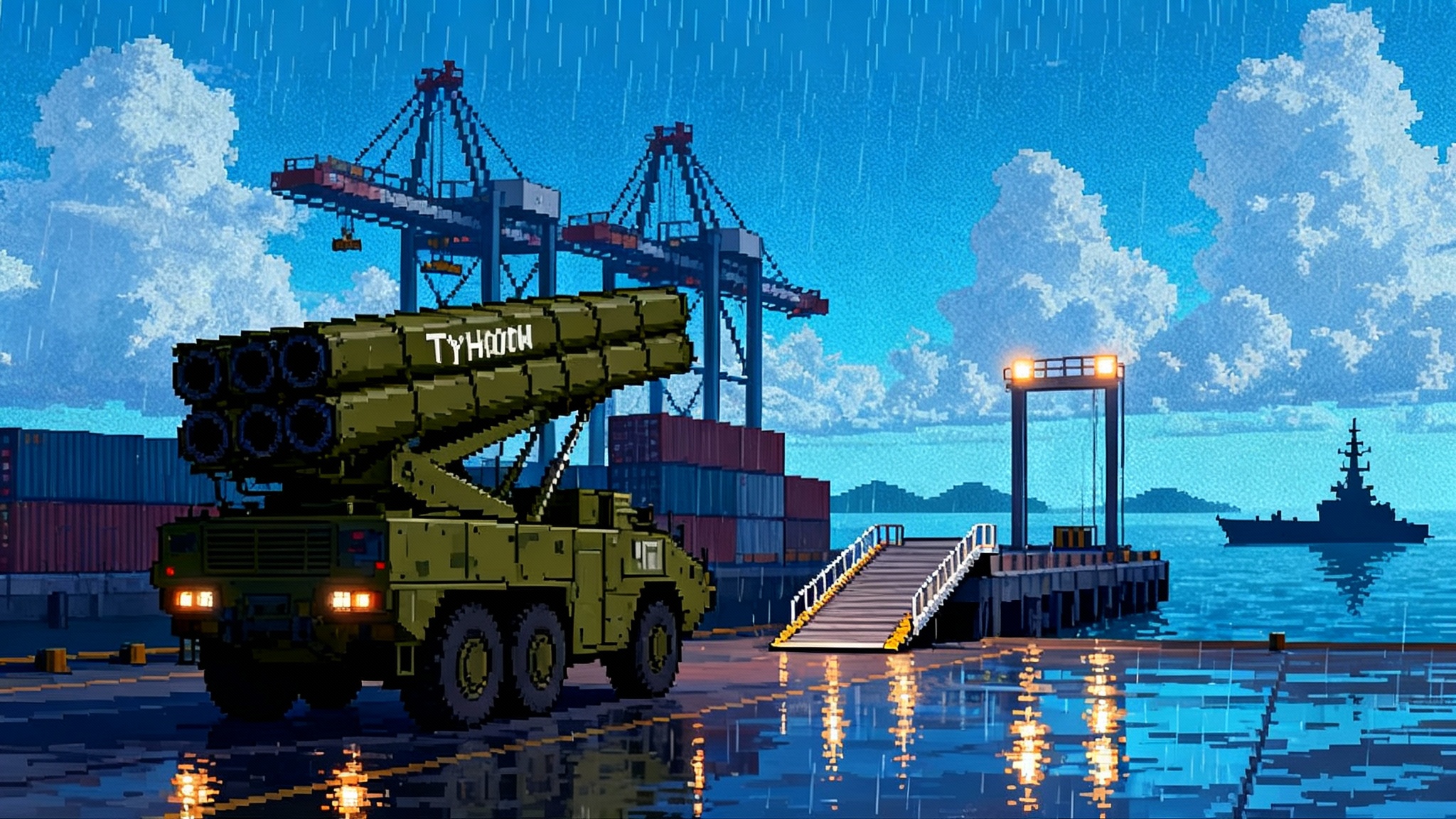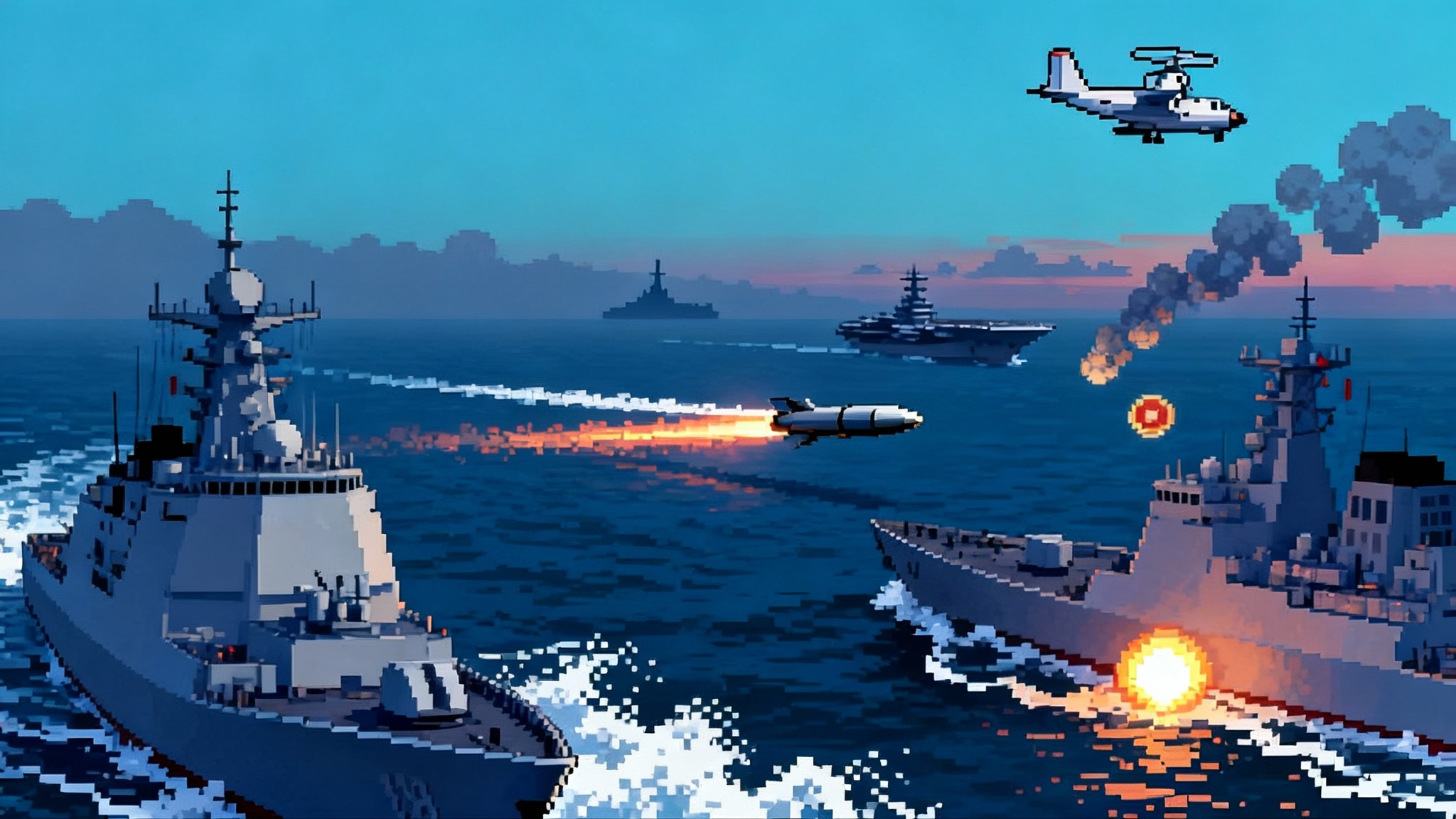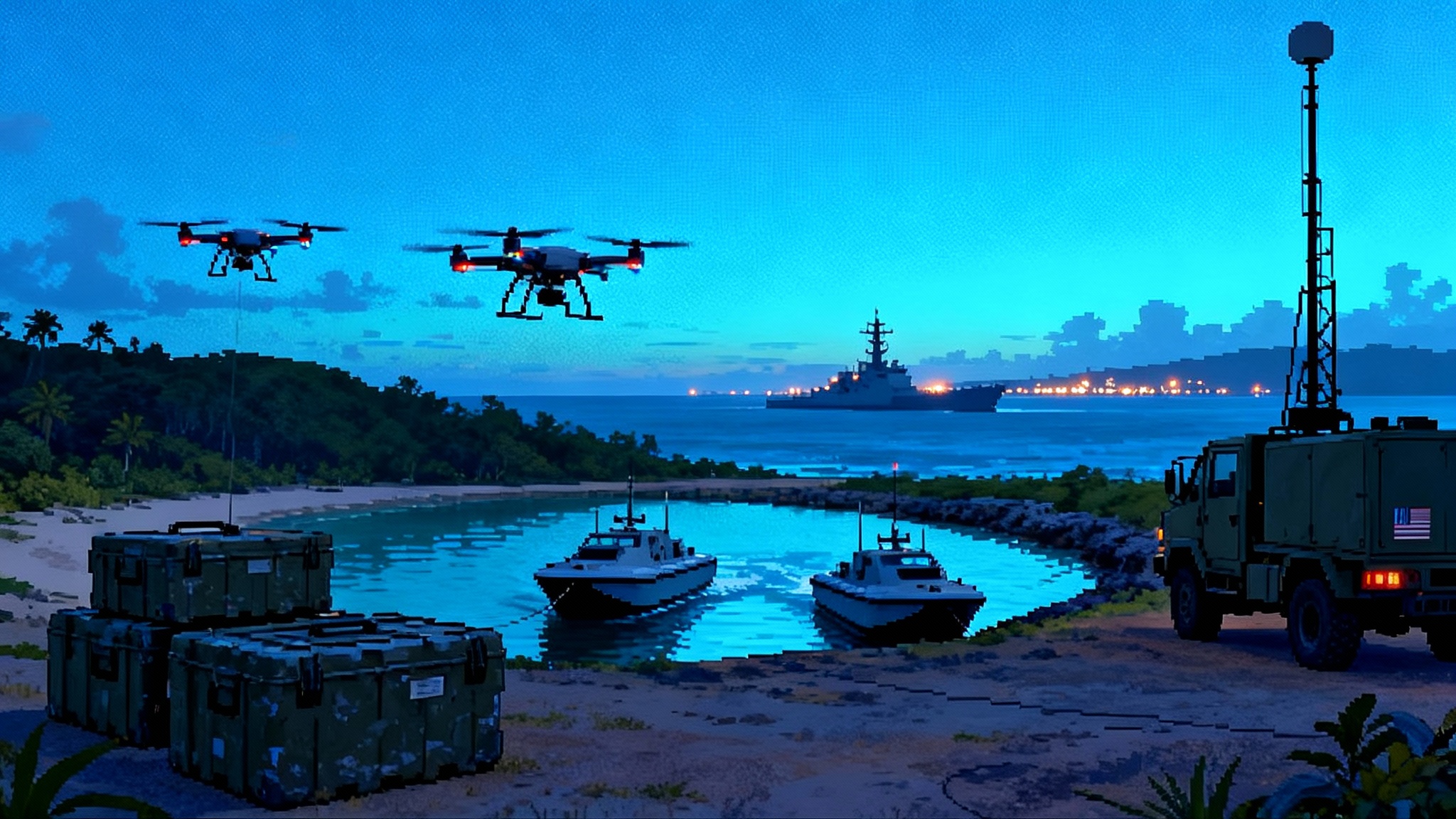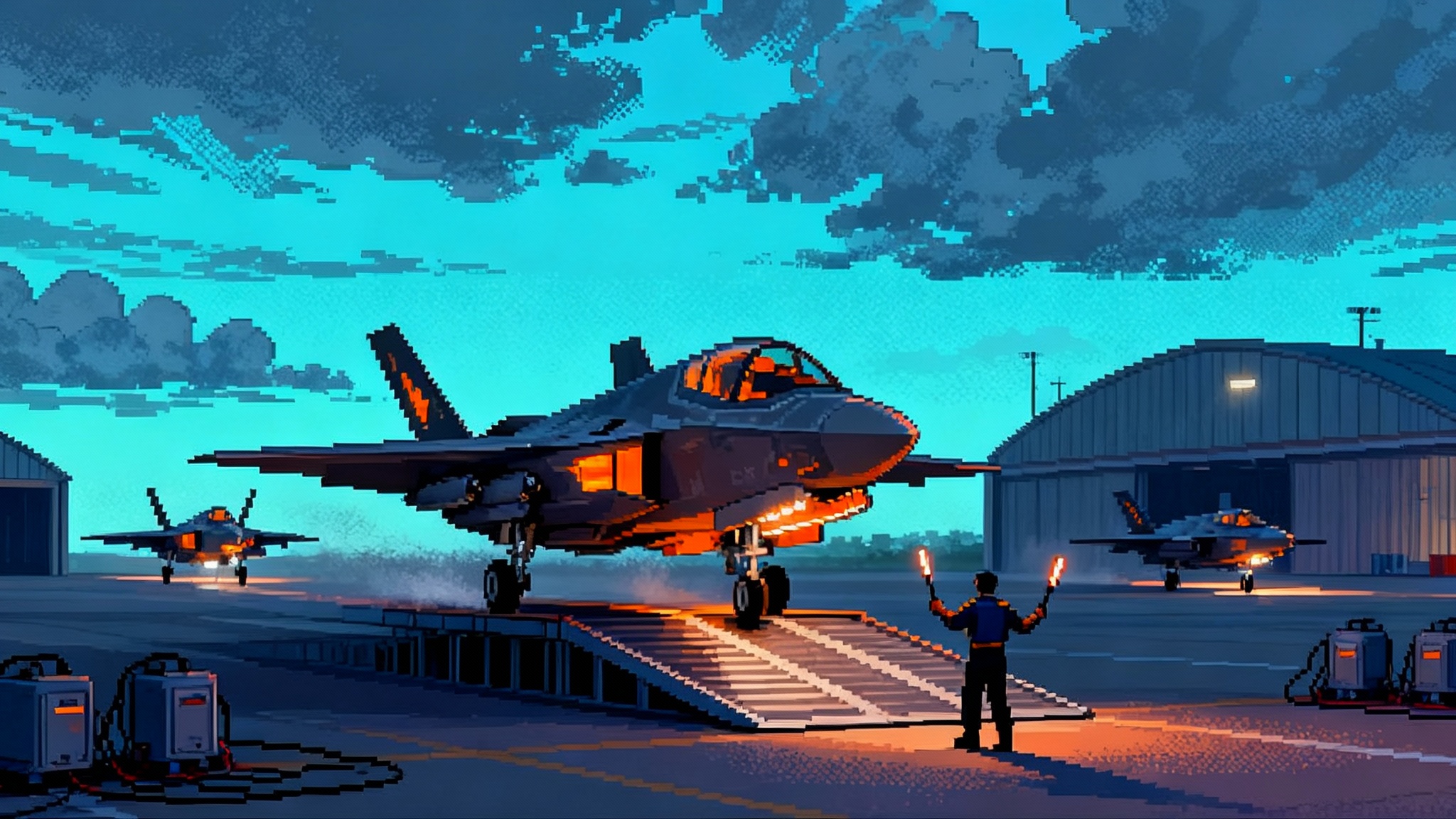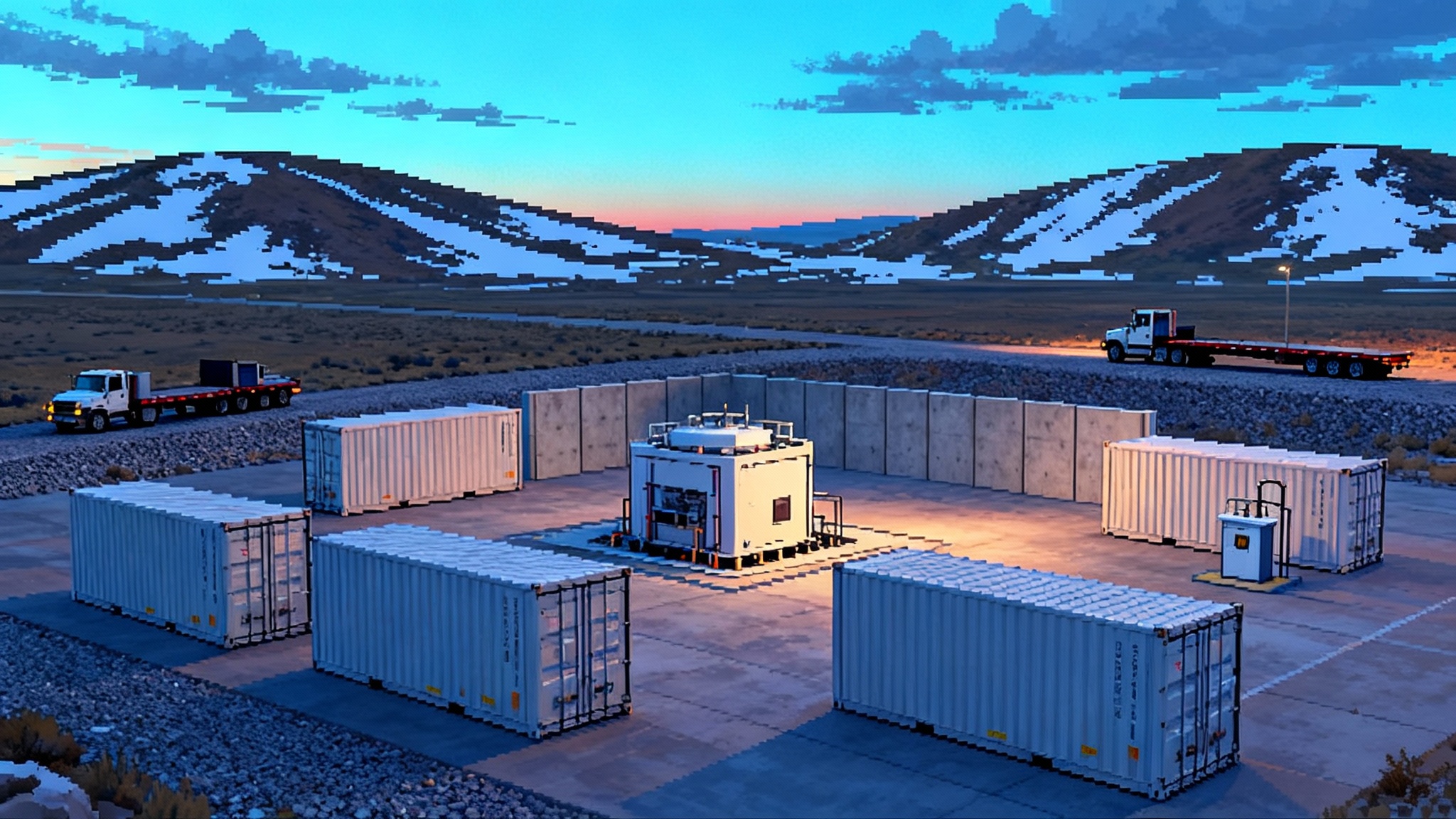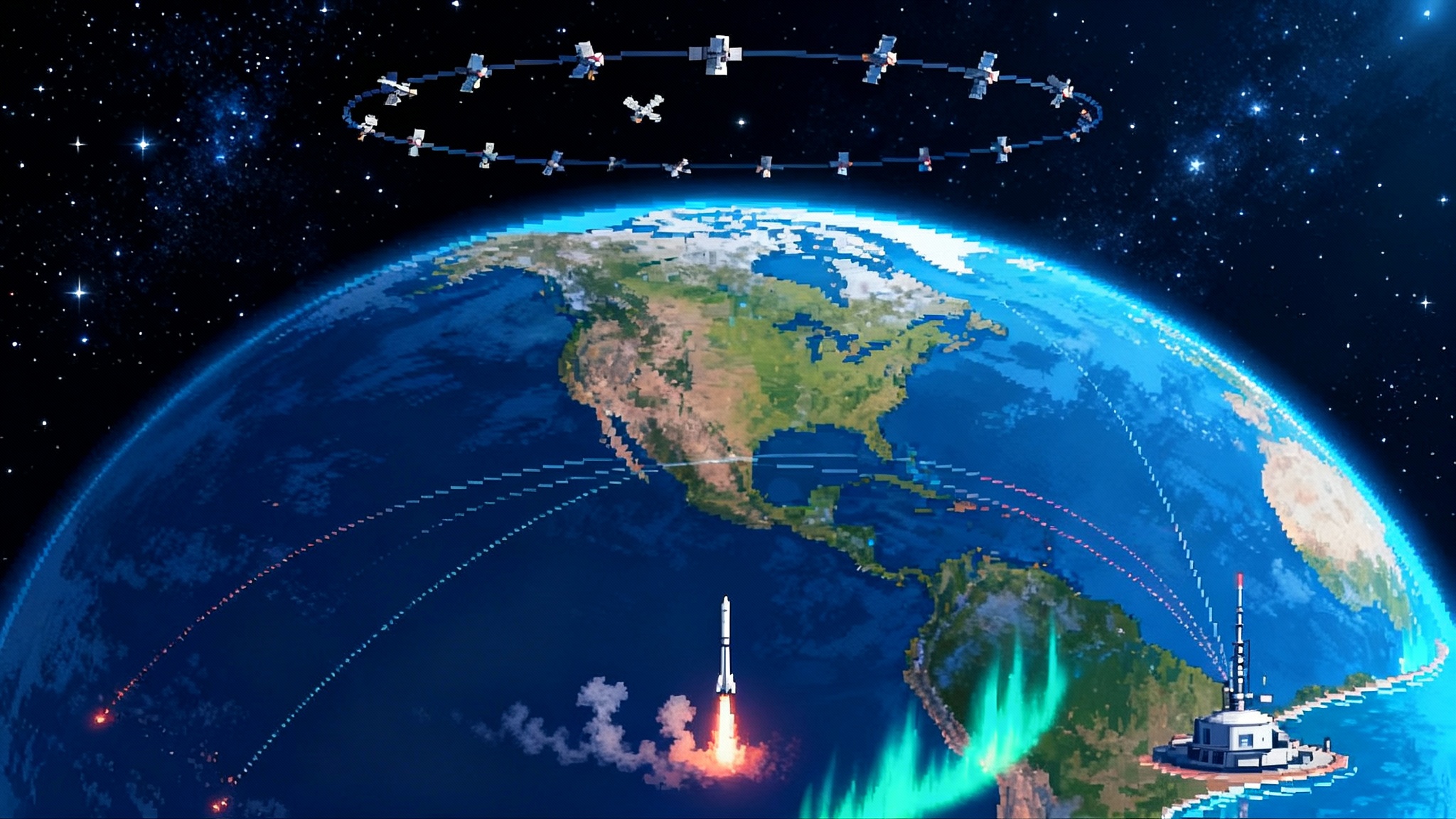Australia’s Ghost Shark Fleet Becomes A$1.7B Program of Record
Canberra has moved from prototypes to a fleet buy of Ghost Shark autonomous submarines worth A$1.7 billion, with first deliveries expected in early 2026. Here is why it reshapes allied ISR, strike, and AUKUS Pillar II.
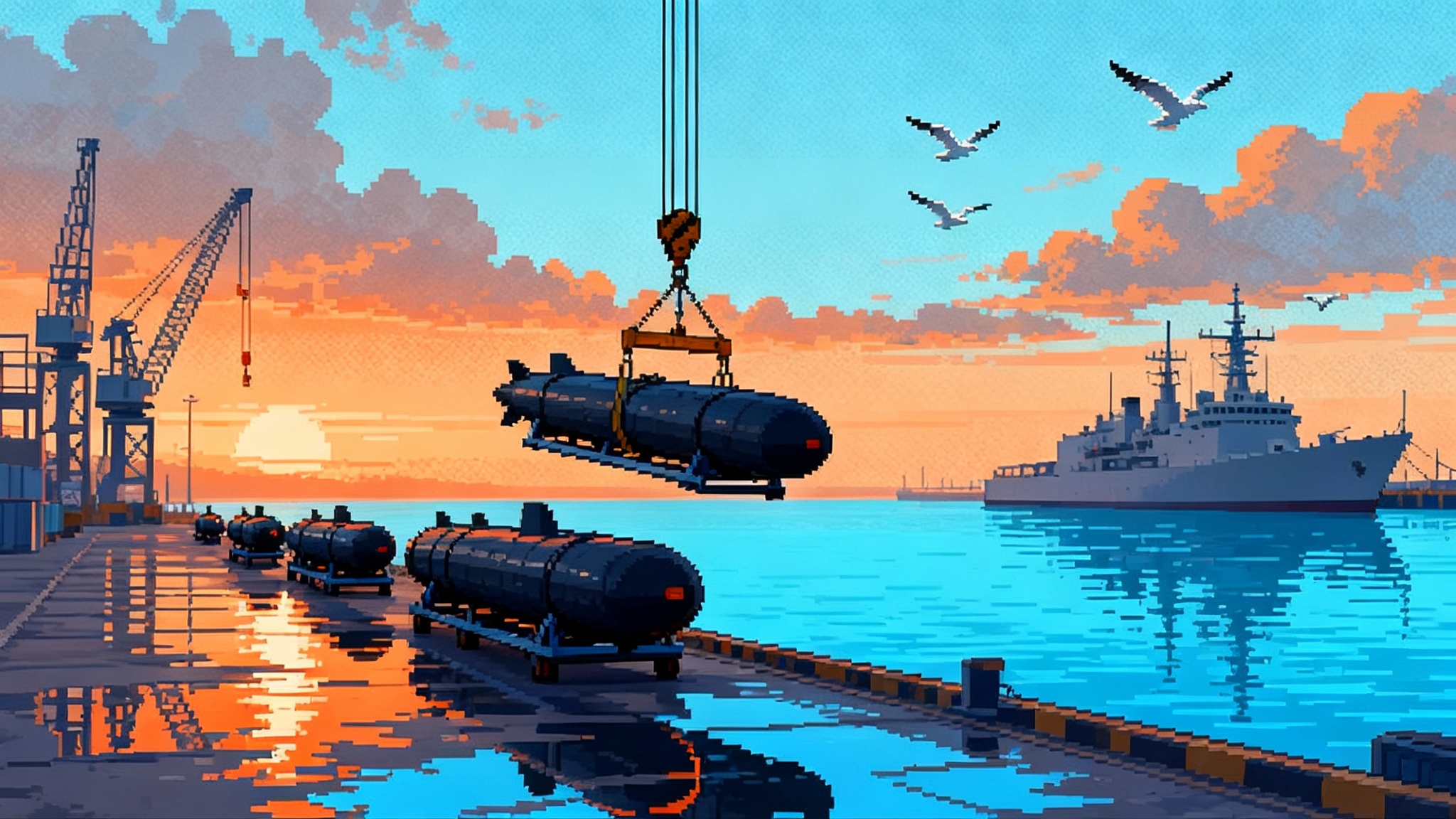
A fleet decision that changes the underwater balance
Australia has turned its Ghost Shark extra large autonomous undersea vehicle from a fast‑moving prototype into a funded fleet program worth A$1.7 billion. Officials say deliveries begin in early 2026 and that the initial buy will total dozens of vehicles, a scale that shifts Ghost Shark from curiosity to capability. The announcement makes Australia the first Western nation to move into fleet‑level procurement of long‑range, strike‑capable autonomous submarines, a milestone with big implications for undersea warfare and allied deterrence in the Indo‑Pacific, as detailed in a Reuters report on the fleet buy.
Ghost Shark is designed and built in Australia by Anduril Australia in collaboration with Defence Science and Technology Group and the Royal Australian Navy, following a three‑prototype sprint that started in 2022. The government’s confirmation of a five‑year acquisition and sustainment package signals that these vehicles will not just be test articles. They are heading to the fleet with an explicit role in intelligence, surveillance, reconnaissance, and strike. An Australian ministerial release on Ghost Shark underscores that the program will complement surface combatants and Australia’s future nuclear‑powered submarines, making it a bridge to a more distributed, agile undersea force.
Why this is a first for the West
The West has pursued large unmanned undersea vehicles for years, but mostly as experiments or small batches. Programs in the United States and the United Kingdom have produced impressive prototypes and limited runs. By contrast, Australia is buying at fleet scale and on an operational timeline measured in months, not a decade. Three elements make this different:
- Scale and schedule: the government talks openly about dozens of vehicles delivered over five years, with early fielding beginning in 2026. That is a production rhythm, not a lab demo.
- Mission set: officials repeatedly tie Ghost Shark to ISR and strike. Even if payload details stay classified, that combination signals a weaponized, long‑range role rather than a pure survey or test platform.
- Industrial posture: manufacturing is set in Australia with a pathway to high‑rate production and sustainment. That creates a true program of record with growth and export options.
In short, Australia is the first mover turning XLUUV promise into a deployed, repeatable capability.
What Ghost Shark brings to a distributed undersea fight
Ghost Shark’s value comes from quietly extending reach, adding numbers, and complicating an adversary’s calculus. None of that requires parity with a crewed submarine. It requires persistence, payloads, and a force design that mixes crewed and uncrewed platforms, much like air forces combine fighters with attritable drones. This aligns with allied pushes for mass and autonomy, including Replicator’s race for AI mass.
1) Minelaying at standoff
Well‑placed bottom mines or encapsulated torpedoes can deny chokepoints, shape adversary movements, and force escorts to slow down and sweep. A long‑range autonomous vehicle can covertly seed minefields, refresh them, or lay lines that channel traffic into predictable lanes for other shooters. The risk to crews is zero, and the ability to revisit and adapt a mine plan over time is far higher when the delivery platform can be forward for weeks.
2) Decoying and deception campaigns
Undersea deception has always been powerful. Ghost Shark can tow or deploy acoustic decoys, spoof larger signatures, or simulate a submarine transiting a strait to draw sensors and weapons away from higher‑value assets. Decoys become more convincing when they can coordinate across time and space. A handful of XLUUVs creating a false track can compel an adversary to flood an area with active sonar, give away positions, and burn sorties.
3) Seabed warfare and infrastructure pressure
The Indo‑Pacific is webbed with seabed sensors and cables. Ghost Shark can insert and service distributed sensor nodes, survey adversary arrays, or emplace non‑kinetic effects on critical seabed infrastructure. Seabed warfare rewards persistence, patience, and low signatures. Large autonomous vehicles that can loiter and return repeatedly enable exactly that.
4) Anti‑ship strike from unexpected vectors
Even without publishing payloads, Australia has framed Ghost Shark as a strike platform. That could mean carrying encapsulated torpedoes, deploying loitering munitions from a pod after surfacing at standoff, or serving as a remote launcher cueing other shooters. The geometry matters. When a task group must defend against attack from air, surface, and traditional submarines, adding slow, low‑signature undersea shooters from unexpected bearings makes defense harder and more expensive. This complements regional shifts like land‑based Tomahawk and SM‑6.
5) ISR that feeds the whole kill chain
Persistent ISR is the baseline function. A network of XLUUVs can map traffic patterns, characterize ambient noise, update bottom topography for better acoustic models, and track targets over days. The key advantage is not a single exquisite sensor but many overlapping, attritable sensing nodes that fuse into a clearer picture for the fleet.
Command, control, and communications at depth
The hardest part of autonomous undersea warfare is not autonomy in isolation. It is connecting autonomy to command intent when bandwidth is scarce and intermittent. Water punishes communications. Acoustic links are slow and reveal position. Optical links are short range and alignment sensitive. Satellite bursts require coming shallow, which is predictable and risky.
Practical C2 for Ghost Shark will follow a few principles:
- Mission packets over micromanagement: crews will load detailed behaviors and constraints before deployment, with only small retask messages sent at sea. That reduces comms exposure and keeps the vehicle within commander intent.
- Windows of connectivity: vehicles will plan comms in time and space, aligning brief periscope‑depth uplinks with known low‑risk periods and satellite geometry. Adversaries will try to predict those windows, so the schedule must be adaptive.
- Onboard guardrails: geo‑fencing, dynamic no‑strike lists, and positive control rules will live with the vehicle. If links are denied, it falls back to conservative behaviors that preserve safety and strategic signaling discipline.
- Multi‑path messaging: acoustic through‑water links, surface gateway buoys, crewed submarine relays, and maritime patrol aircraft can all serve as bridges. No single path is reliable. The network must be opportunistic and diverse.
The doctrine problem is as significant as the technical one. Rules of engagement must define when a machine may commit to lethal action, how man‑on‑the‑loop supervision is preserved, and how to fail safe when control is unclear. Australia will need to codify those answers with allies, because interoperability is the point of AUKUS Pillar II.
The counters are coming
Adversaries are not passive targets. Ghost Shark will face a growing suite of counters designed to find, fix, and neutralize unmanned undersea vehicles.
- Persistent ASW sensing: fixed seabed arrays, deployable thin‑line passive arrays, and distributed sonobuoy fields will tighten undersea surveillance. Active low frequency sources paired with advanced processing can illuminate even very quiet targets in some environments.
- UUV hunters: small, agile interceptors can patrol harbor mouths and chokepoints, cued by stationary sensors. Their job is to shadow and then disable or capture larger UUVs, either kinetically or with entanglement devices.
- Smart mining and barriers: minefields tuned for UUV size and behavior create gauntlets that low‑signature vehicles cannot cross without revealing themselves. Combining magnetic, pressure, and acoustic triggers improves detection probability.
- Cyber and spoofing: if an adversary can compromise navigation truth or mission data, even a vehicle that stays hidden can be led astray. Hardening against false bathymetry, GPS spoofing during surface windows, and acoustic identity deception will be critical.
The counter to the counters is numbers and uncertainty. A network of Ghost Sharks that can regenerate losses, vary routes, and shift behaviors imposes cost and friction on the defender. The ideal is not perfect stealth. It is forcing the adversary to defend everywhere, all the time, against many plausible threats, especially as rivals field new hypersonic anti‑ship missiles.
AUKUS Pillar II and a new undersea ecosystem
AUKUS Pillar II focuses on advanced capabilities such as autonomy, AI, undersea systems, and quantum technologies. Ghost Shark lands squarely in that lane. Several Pillar II dynamics will shape outcomes:
- Shared autonomy stacks: common software frameworks and verification tools reduce integration friction across U.S., U.K., and Australian vehicles. Alignment on safety cases and test ranges will matter as much as code.
- Modular payloads and interfaces: standard payload bays and power interfaces let sensors, decoys, and weapons travel across allied fleets. Ghost Shark can be a host for allied payloads, not just a national tool.
- Combined experimentation: joint exercises that put XLUUVs in the same water space as P‑8A patrol aircraft, surface combatants, friendly submarines, and seabed arrays will expose operational truths faster than separate trials.
If Australia can field quickly while keeping interfaces open, Ghost Shark becomes not only an Australian asset but a platform the alliance can learn with and build around. That turns a national procurement into a coalition accelerant.
Industrial and export implications
The A$1.7 billion package is also an industrial policy. Manufacturing in Australia creates a sovereign production base, shortens upgrade loops, and builds a supply chain of electronics, batteries, composites, and software talent. An officially designated program of record attracts small and medium suppliers because they can see volume, not just prototypes.
Export potential is real. Many Indo‑Pacific partners want more undersea awareness and options to complicate a stronger navy’s planning without buying a dozen expensive crewed submarines. An XLUUV that can patrol, decoy, and carry modular payloads is attractive to countries with long coastlines and limited budgets. Policies will need to balance export control, alliance priorities, and the imperative to scale production.
For the United States defense base, Ghost Shark is a signal that rapid, software‑centric maritime programs can move into production outside the traditional primes. That will intensify competitive pressure and likely spur complementary U.S. efforts to scale their own XLUUV families.
Risks that could slow the promise
This is a bold move. It will face friction.
- Autonomy and ROE integration: writing, testing, and certifying mission autonomy against national rules will take discipline. Maritime certification for lethal systems must be rigorous.
- Battery endurance and logistics: long‑range missions depend on energy density, charging cycles, and safe shore handling. Production vehicles must prove repeatable endurance with realistic payloads and currents, not test‑range conditions alone.
- Environmental variability: shallow, cluttered, biologically noisy waters abound in Australia’s approaches. Acoustic performance that looks clean in deep water can degrade near coasts. Vehicles must adapt their own tactics to changing conditions.
- Counterintelligence: a captured XLUUV in the wrong hands is a double loss. It reveals signatures and secrets and hands an adversary a development roadmap. Anti‑tamper mechanisms, self‑sanitizing storage, and scuttle logic are not optional.
Even with these risks, the production commitment creates a forcing function. Schedules and deliveries pressure teams to solve problems in sequence rather than chasing perfection before fielding. That bias is how software‑defined systems often win.
What to watch between now and first patrols
- Production ramp in 2026: the test of a program of record is repeatability. Evidence of low‑rate production handing off to higher rates, with stable configurations, will be the tell.
- Fleet integration vignettes: watch for exercises where Ghost Shark cues maritime patrol aircraft, hands tracks to surface ships, or participates in mine countermeasure scenarios. Real joint vignettes will validate the concept.
- Payload disclosure pattern: expect selective reveals. Non‑kinetic payloads, decoy modules, and environmental sensors will be easier to show than torpedo or missile options. The sequence of disclosures will telegraph near‑term doctrine.
- Interoperability trials under AUKUS: announcements of common control software, test range cooperation, and shared certification artifacts will indicate progress toward a networked allied undersea architecture.
The bottom line
Australia has crossed the line from experiment to fleet with Ghost Shark. A funded, multi‑year program of record for dozens of long‑range autonomous submarines, with deliveries beginning in early 2026, is a first for a Western navy. It is also a strategic bet on distributed undersea power. If Ghost Shark enters service on time and integrates cleanly with crewed submarines, surface combatants, and maritime patrol aircraft, the Indo‑Pacific deterrence picture changes. Numbers go up. Uncertainty for an adversary increases. The alliance gets a real platform to learn from, iterate on, and scale.
